Name Y. Chandrachud Succeeded by P. N. Bhagwati Spouse(s) Prabha | Nationality Indian Role Justice | |
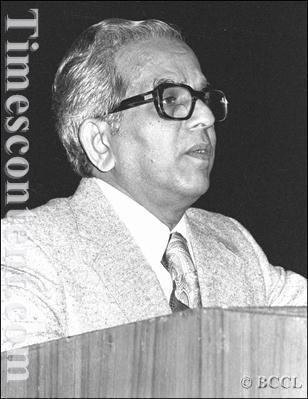 | ||
Books The Bombay High Court: The Story of the Building, 1878-2003 | ||
Yeshwant Vishnu Chandrachud (Marathi: यशवंत विष्णू चंद्रचूड) (12 July 1920 – 14 July 2008) was the 16th Chief Justice of India, serving from 22 February 1978 to the day he retired on 11 July 1985. Born in Pune in the state of Maharashtra, he was first appointed Judge to the Supreme Court of India on 28 August 1972 and is the longest-serving Chief Justice in India's history at 7 years and 4 months. His nickname was Iron hands after his well regarded unwillingness to let anything slip past him.
Contents
- Tenure as Chief Justice of India
- The Habeas Corpus case
- Minerva Mills Case
- The Shah Bano case
- Bombay Slum Dwellers case
- Personal life
- References

Tenure as Chief Justice of India

Justice Chandrachud was appointed Chief Justice of India during the term of the Janata government, under Prime Minister Morarji Desai. During his tenure as Chief Justice, he sent Sanjay Gandhi to jail in the "Kissa Kursi Ka" case. When Indira Gandhi's Congress government came back to power a few years later, Chandrachud became a strong opponent of the government, and was known for staunchly defending the independence of the judiciary. As a Canadian scholar, Bhagwan D. Dua wrote later on:
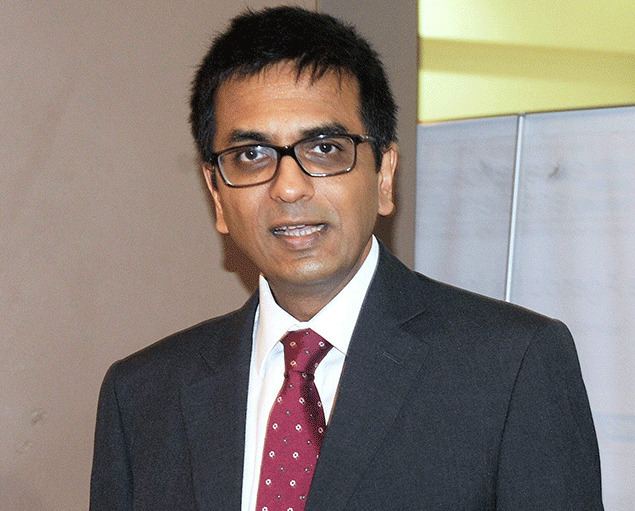
"Though the entire judicial system was pressured to conform, the ruling party zeroed its attack on the pater familias. Unlike Justice Bhagwati, who was labeled as a Congress (I) man for his laudatory letter to Mrs. Gandhi, Chief Justice Chandrachud had a very low rating with the ruling household. Appointed Chief Justice of the Supreme Court of India by the Janata government – a disqualification in itself under the new regime – Chandrachud had not exactly endeared himself to the Gandhis for sending Sanjay to jail in 1978 or for turning volte face during the Janata period. By mid-1981, the estrangement between Chandrachud and the ruling party was so great that Askoke Sen, a Congress (I) MP and the President of the Supreme Court Bar Association, even hinted at his impeachment by Parliament. Undaunted, the Chief Justice continued to defend the judiciary against executive interference and called upon the Bench and Bar to be united as this was ‘the only way we could fight the provocation and attack on the judges’….Throughout 1980, the Chief Justice had refused to submit to pressures and made the government appoint eight chief justices to High Courts (and five judges to the Supreme Court) according to well-established constitutional practices. " [Bhagwan D. Dua, A Study in Executive-Judicial Conflict: The Indian Case, 4 ASIAN SURVEY 463, 464 (1983)]
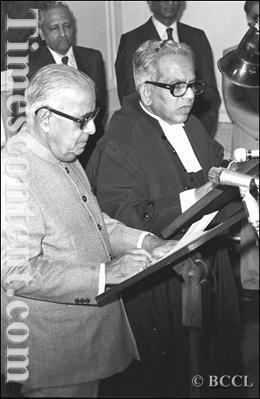
For this reason, he was not given any government post or office after retirement, as the Congress government wanted to "punish" him for standing up to them during his tenure as Chief Justice of India.
The Habeas Corpus case
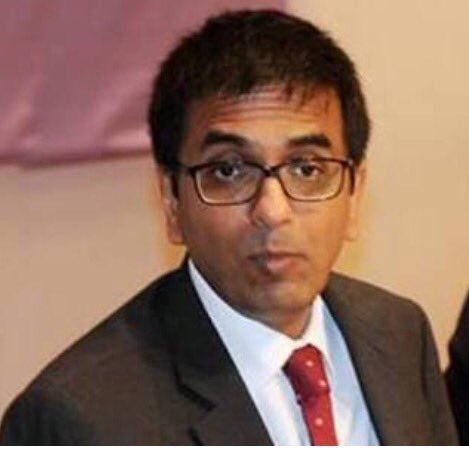
In one of the most notable cases in Indian constitutional history, during the Indian Emergency (1975-1977) of Indira Gandhi, a bench constituted of the five most senior judges of the Supreme court of India heard the famous Habeas Corpus case (A.D.M. Jabalpur vs. Shukla), where detenues under the restrictive Maintenance of Internal Security Act had argued that the Right to Life and Liberty (article 21 in the Indian constitution) could not be suspended even during periods of national emergency. The Indian constitution during that time itself provided that all fundamental rights, including the right to life under article 21 of the constitution, could be suspended during an Emergency. The Habeas Corpus majority decision therefore deferred to the original intent of the framers of India's constitution. However, the Indira Gandhi government flagrantly misused their powers during the Emergency, and as a result, the doctrine of "original intent" has never taken a firm hold in India.
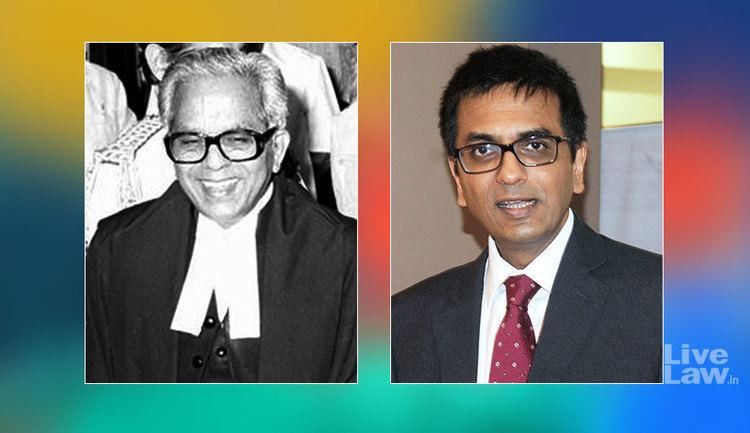
Despite widespread high court support for Habeas Corpus, Justice Chandrachud went along with Justices A.N. Ray, P.N. Bhagwati, and M.H. Beg, to reject this position, stating: in view of the Presidential Order dated 27 June 1975 no person has any locus to move any writ petition under Article 226 before a High Court for habeas corpus or any other writ or order or direction to challenge the legality of an order of detention. The only dissenting opinion was from Justice H. R. Khanna, who has been widely acclaimed for his dissent. Khanna's dissenting opinion was "activist" - and because of the legitimacy his opinion attained, "judicial activism" in India is considered more legitimate than elsewhere.
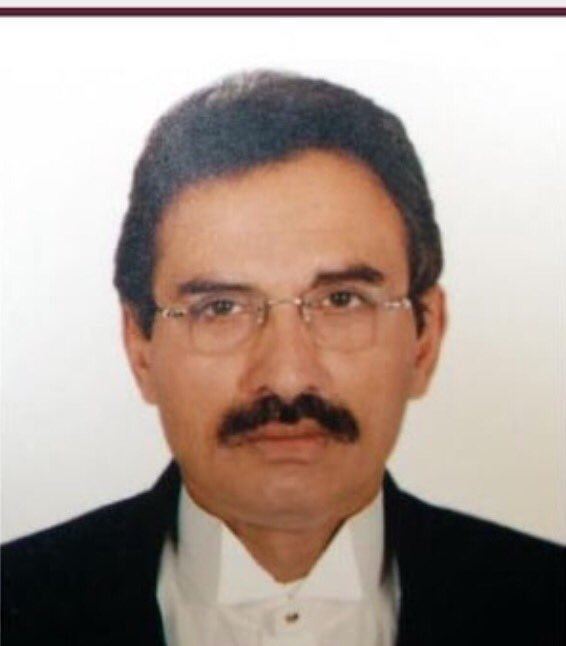
Both Justices Chandrachud and Bhagwati did much to subsequently atone for their majority opinions in the habeas corpus case.
Minerva Mills Case
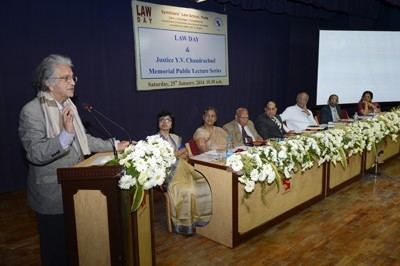
In the Minerva Mills case, the Supreme Court provided key clarifications on the interpretation of the basic structure doctrine. The court unanimously ruled that the power of the Parliament of India to amend the constitution is limited by the constitution. Hence the parliament cannot exercise this limited power to grant itself an unlimited power. In addition, a majority of the court also held that the parliament's power to amend is not a power to destroy. Hence the parliament cannot emasculate the fundamental rights of individuals, including the right to liberty and equality.
The Shah Bano case
In the Shah Bano case, the bench headed by Chief Justice Chandrachud took a secular stand. It invoked a provision in The Criminal Procedure Code, 1973 which is a secular legislation to order maintenance compensation to the divorced Muslim woman.
This case caused the Rajiv Gandhi government, with its absolute majority, to pass the Muslim Women (Protection of Rights on Divorce) Act, 1986 which diluted the secular judgment of the Supreme Court.
Bombay Slum Dwellers case
Olga Tellis and ors Vs. Bombay Municipal Corporation and ors is another landmark case decided by him.
Personal life
Chandrachud was educated at Nutan Marathi Vidyalaya high school, Elphinstone College and the ILS Law College in Pune. Justice Y.V. Chandrachud died on 14 July 2008 shortly after he was admitted to the Bombay Hospital. He is survived by his wife Prabha, his son Dhananjaya Y. Chandrachud, current judge of Supreme Court of India and in line to become Chief Justice of India himself in 2022 and his daughter Nirmala.
